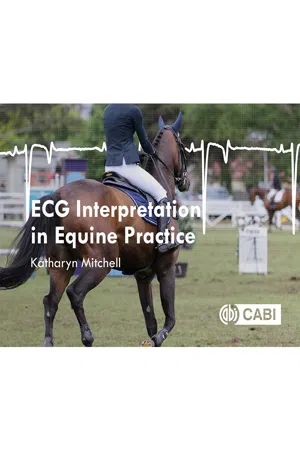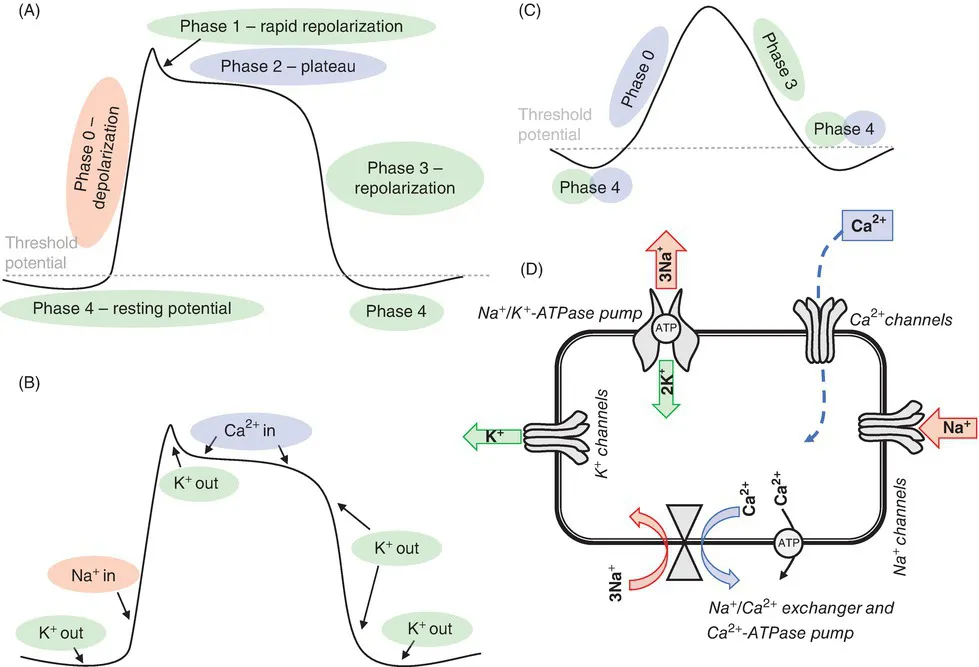
- 128 pages
- English
- ePUB (mobile friendly)
- Available on iOS & Android
ECG Interpretation in Equine Practice
About this book
Advances in veterinary medical technology now provide easier and more affordable access to equine ECG recording and transmitting equipment, making ECG recordings a useful tool for equine veterinarians in both field and hospital settings.Covering the basics of equine ECG recording, analyses and interpretation, this book provides a practical approach with details of how to get the most information out of your ECG recordings. The only book dedicated to equine ECGs, it includes: - Numerous clear ECG illustrations- Worked case examples to put theory into practice- New pharmacological therapies and interventional techniquesA hands-on guide for veterinarians to use when recording, diagnosing and treating arrhythmias in horses, this book will be invaluable to both specialists and those who find themselves evaluating the occasional equine patient.
Frequently asked questions
- Essential is ideal for learners and professionals who enjoy exploring a wide range of subjects. Access the Essential Library with 800,000+ trusted titles and best-sellers across business, personal growth, and the humanities. Includes unlimited reading time and Standard Read Aloud voice.
- Complete: Perfect for advanced learners and researchers needing full, unrestricted access. Unlock 1.4M+ books across hundreds of subjects, including academic and specialized titles. The Complete Plan also includes advanced features like Premium Read Aloud and Research Assistant.
Please note we cannot support devices running on iOS 13 and Android 7 or earlier. Learn more about using the app.
Information
Basics of Electrocardiography | 1 |
What is an ECG?
Indications for Obtaining an ECG Recording in Horses
Electrical Properties of the Equine Myocardium

Normal Cardiac Conduction and Components of P-QRS-T Complexes



Table of contents
- Cover
- Half Title
- Title
- Copyright
- Foreword
- Acknowledgements
- Contents
- Chapter 1: Basics of Electrocardiography
- Chapter 2: Recording an ECG
- Chapter 3: Analysing ECGs
- Chapter 4: Interpretation of arrhythmias
- Chapter 5: Therapy
- Chapter 6: Assessment of risk and safety
- Chapter 7: ECG Interpretation in Pre-purchase Examinations
- Chapter 8: Case Examples
- References
- Index
- Back